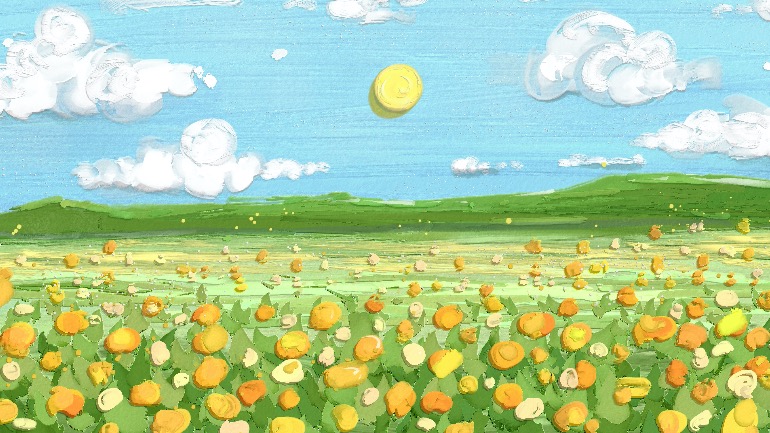If our realization is not stable, our mind will return to mundane concerns and experience anxiety and suffering again. Until we have subdued the mind, it will traverse back and forth between illusion and reality, between relative truth and ultimate truth.
If we wish to eradicate our suffering immediately, we must practice the preliminaries. We cannot bypass the preliminaries and think we can take up a different practice to achieve the same result.
- Quote from Are You Ready For Happiness? Don't Let the Paper Tiger Scare You Off, "How to Face Suffering"











